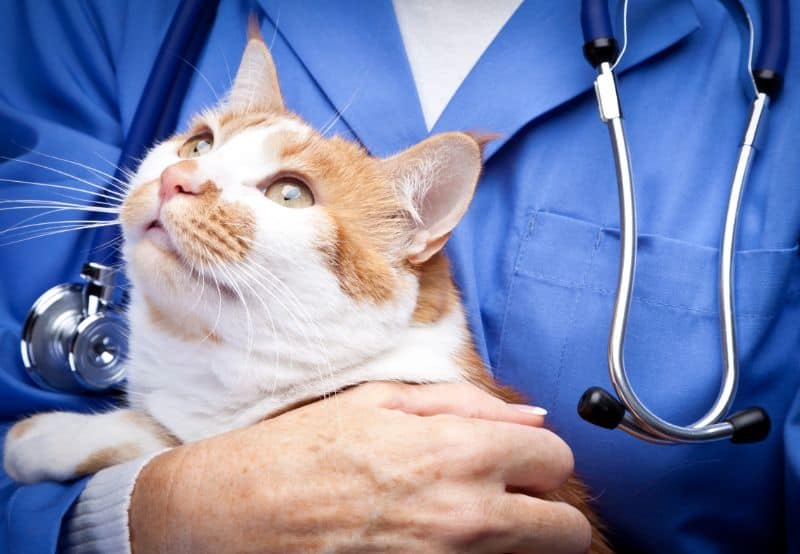Pet Diabetes: How You Can Help Your Pet

All pets have their own behavioral characteristics, but most of the time it’s easy to tell when something is wrong. Sure, many pets will hide signs of illness from even their closest people, but with pet diabetes, keep an eye out for excessive thirst, urination, and weight loss.
Pet diabetes is one of the most common conditions in pets today, with 1 in 300 dogs and 1 in 231 cats being affected. Early detection and diligent management are the key components to preventing long term complications.
Mobile Vet M.D has everything you need to know about pet diabetes, right here!
What Is Pet Diabetes?
After eating, food is broken down into glucose, which is absorbed by the intestines and used by the body’s cells and vital organs for energy. Insulin is produced by the pancreas, and is necessary for cells to be able to absorb the glucose. Insulin also controls blood sugar levels.
In pet diabetes, the body cannot produce insulin, or cannot use it properly. Glucose remains in the bloodstream instead of entering the cells to be used for energy. High glucose levels can impair the eyes, heart, kidneys, and nervous system.
Pets At Risk
Although any pet, regardless of age, breed, or lifestyle, can have diabetes, there are certain risk factors associated with the disease. Being overweight or obese tops the list. Senior pets, pets with Cushing’s disease, pets with chronic pancreatitis, pets taking steroids, and pregnant females are also high risk.
Genetics may also play a role in pet diabetes.
Early Detection Is Key
As with all health conditions affecting your pet, early detection of a problem makes treatment much easier with better outcomes for your pet. The sooner we’re able to see them for an exam, the better.
If you notice your pet drinking excessively, urinating more than normal, or if they stop grooming, lose weight, or are lethargic, please give us a call immediately.
Next Steps
Blood and urine tests can confirm diabetes in your pet. Exercise, a well balanced diet specific for diabetic pets, and daily insulin injections can help us manage pet diabetes well. Home monitoring and glucose testing helps us determine how your pet is doing in between veterinary visits. Periodic lab testing is also critical to maintaining health.
With early detection, daily management at home, and regularly scheduled wellness exams, pets can continue to live healthy, happy lives for many years to come.
Pet diabetes can be a scary diagnosis, but our veterinarians and staff are dedicated to helping pet owners manage diabetes at home. We’ll work with you on a management plan that works for your pet and for you. Pet diabetes doesn’t have to be overwhelming.
As always, please let us know if you have any questions or concerns.
